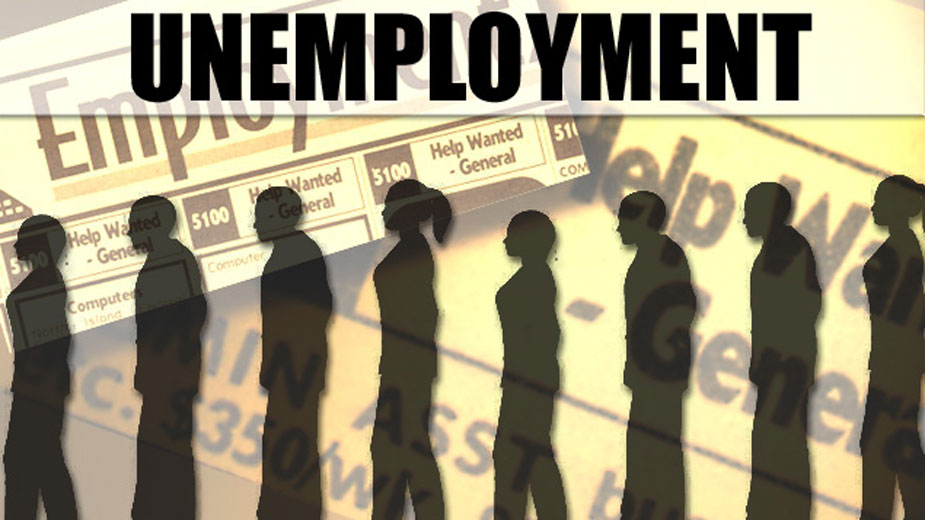New Ohio Unemployment Claims Dipped Last Week
YOUNGSTOWN, Ohio — New unemployment claims in Ohio fell by more than 2,000 last week.
Ohioans filed 12,896 initial traditional unemployment claims during the week ended Feb. 19, down from 15,109 the previous week, the Ohio Department of Job and Family Services reported Thursday.
Another 59,420 continued traditional unemployment claims were reported during the period, down slightly from 59,673 the previous week.
The total number of traditional claims filed between Feb. 12 and Feb. 19, 2022 was 74,316.
Initial unemployment claims are still higher than the eight-week low of 9,719 filed the week ended Feb. 5. The state enjoyed four weeks of declines before claims spiked the week ended Feb. 12
Ohio’s unemployment rate in December was 4.5%, the agency said. The national unemployment rate in December was 3.9%. Ohio’s labor force participation rate in December was 61.5%. The national labor force participation rate in December was 61.9%.
Pennsylvania reported 11,371 initial jobless claims for the week ended Feb. 12, according to the most recent data available from the Center for Workforce Information & Analysis. That’s down from the 12,869 claims reported the week prior. Continued claims in the commonwealth dropped to 99,911 for the week ended Feb. 12 from 108,695 the week prior.
Nationally, the number of Americans collecting unemployment benefits fell to a 52-year low after another decline in jobless aid applications last week.
Jobless claims fell by 17,000, from 249,000 to 232,000 for the week ending Feb. 19, the Labor Department reported Thursday.
The four-week average for claims, which compensates for weekly volatility, fell by 7,250 to 236,250. It was the third straight week of declines after rising for five straight weeks as the omicron variant of the coronavirus spread, disrupting business in many parts of the U.S.
In total, 1,476,000 Americans were collecting jobless aid the week that ended Feb. 5, a decrease of about 112,000 from the previous week and the lowest level since March 14, 1970, the government said.
First-time applications for jobless aid generally track the pace of layoffs, which are back down to fairly healthy pre-pandemic levels.
Earlier this month, the Labor Department reported a surprising burst of hiring in January, with employers adding 467,000 jobs. It also revised upward its estimate for job gains in November and December by a combined 709,000. The unemployment rate edged up to a still-low 4% from 3.9%, as more people began looking for work, but not all of them securing jobs right away.
A winter spike in coronavirus infections briefly tripped up the country’s rebound from 2020′s virus-caused recession, but employers appear confident in long-term growth and are eager to hire.
Massive government spending and the vaccine rollout jumpstarted the economy as employers added a record 6.4 million jobs last year. The U.S. economy expanded 5.7% in 2021, growing last year at the fastest annual pace since a 7.2% surge in 1984, also coming after a recession.
Inflation is also at a 40-year high — 7.5% year-over-year — leading the Federal Reserve to ease its monetary support for the economy. The Fed has signaled that it would begin a series of interest-rate hikes in March, reversing pandemic-era policies that fueled hiring and growth.
The Associated Press contributed to this report.
Published by The Business Journal, Youngstown, Ohio.


